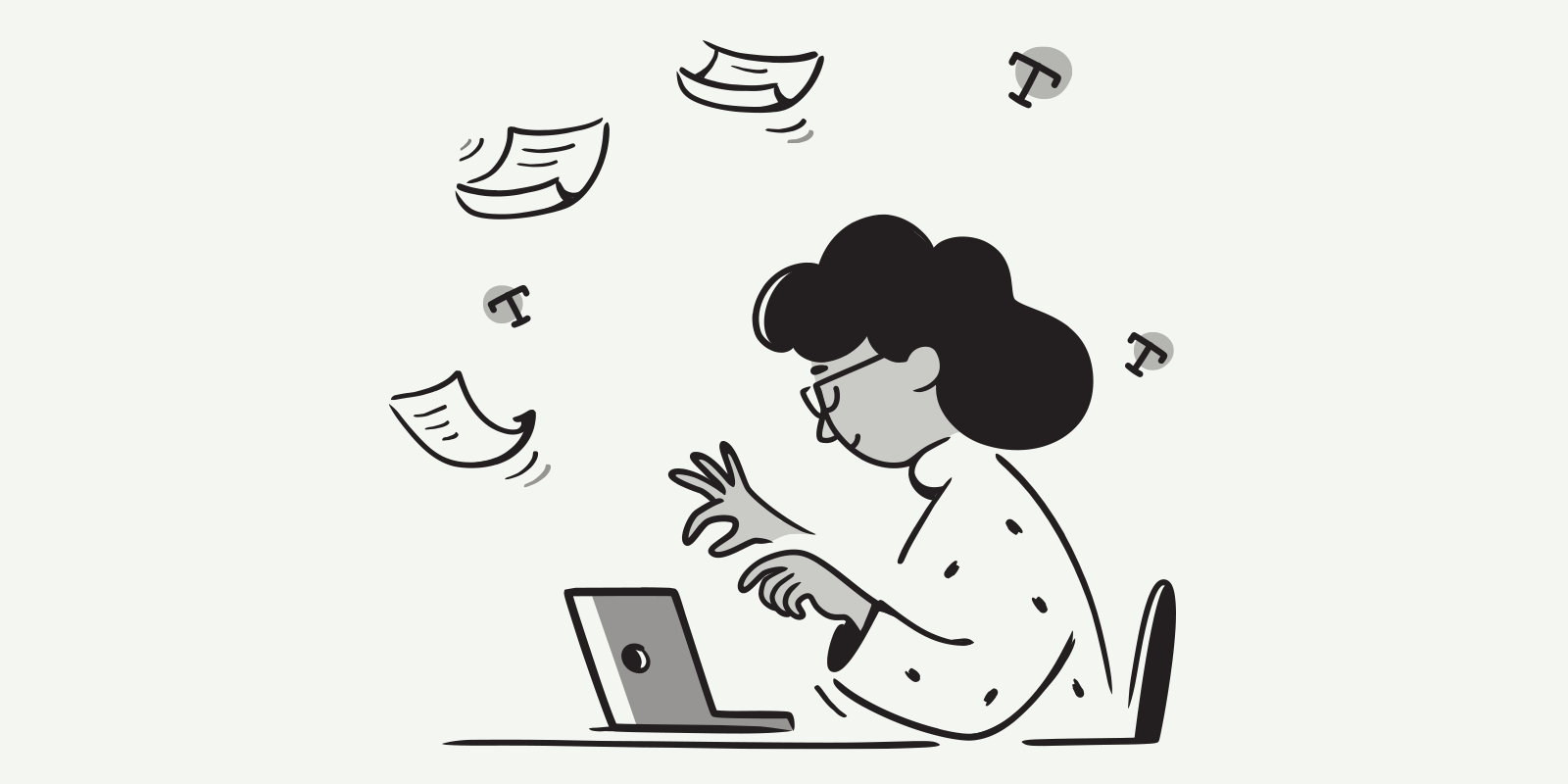Viewing a buy-to-let property: Key points to consider before investing

Every good buy-to-let investment starts with a viewing. When first laying eyes on your potential investment, certain points must be considered to determine if it’s going to be a money maker or a financial black hole.
In this article, we’ll talk through the most important points to consider before investing in a buy-to-let property. We’ll share our advice on how to decide during a viewing whether it’s the right property for you.
What determines rental value?
Rental value isn’t singularly determined, although the best way to establish potential rent is to check the costs of similar properties on the same road.
Key factors that determine rental value include location, demand, size and condition. Properties closer to train stations in good condition are considered more desirable, so prices can be higher. Larger properties can also have a higher rental value.
However, demand is always the most important factor. A property can be modern with good access to public transport. But if it’s unsuitable for the local renting market (because it’s too big or small, for example), rental value may not be as high as properties with more competition.
How do you analyse a buy-to-let property?
There’s a balance to be struck when investing in a buy-to-let property. You need to find a property that’s suitable but isn’t outside of your potential tenant’s price range.
Here’s how to analyse a buy-to-let property:
How much rent can you charge?
Always choose a buy-to-let property in an area where the tenant population is increasing and rental demand is going up, rather than going down. When rental supply is low in an area with high demand, you can charge higher rates. When supply is higher than the demand, rental rates should be more competitive.
When viewing a property, consider how much you can charge based on things like:
- What’s the cost of any service charges or ground rent?
- What will your buy-to-let mortgage costs be?
- What is the ROI (return on investment)?
- What rental management fees will you need to pay?
- What do nearby rentals of a similar size charge?
- What is the tenant demand in the area? Is it increasing?
- How desirable is the property in terms of its features?
What renovations will the property need before renting?
Consider what renovations you need to ensure the property is legally suitable for renting. Properties must meet strict regulations to be deemed habitable.
All basic amenities, like water and heating, should work fully and the property should be in good repair. It must also have adequate ventilation, no damp issues, and meet electrical and fire safety standards.
Explore other modernisations you may need to make before renting, like :
- Will you need to renovate the bathroom or kitchen?
- Is the boiler in good condition or does it need replacing?
- Are the carpets worn or is the flooring/tilework in poor repair?
- Does the property have central heating?
While you don’t need to have modern kitchens or bathrooms in a property, or even central heating (gas or electric heaters are acceptable in a buy-to-let property), these features can be more desirable to tenants and may be a worthy investment.
What ongoing maintenance will the property need?
Ideally, you want a buy-to-let investment that has the lowest rental maintenance costs. Every landlord has maintenance fees, like electrical inspections, repainting, or roofing repairs.
Yet it’s important to consider when viewing a property whether any additional maintenance may be needed for this property in particular.
For example, if the building is old, it may require more maintenance than a newer property. Or if there’s a chimney, you’ll need to ensure it’s clear of any obstructions before renting. Annual sweeping may also be necessary for your insurance policies.
Is the property in a good location?
Rental properties should be in a prime buy-to-let location with good transport links, like train stations and bus stops nearby, and access to local amenities, like a supermarket or leisure centre.
Consider anything else nearby that may add extra value to your rental, like a train station with a more direct link to major cities, or a high street with restaurants.
Who will your potential tenants be?
Well-renovated properties with modern amenities and multiple bedrooms may add pounds to your rental value, but it’s no good having high rates in an empty property. A property must be suitable for your potential tenants. It can’t be too large or so modern that it’s out of their price range.
Consider who makes up the majority of tenants in your area. For example, are they singles living alone? Working couples? Families with young children? Students at a local university looking to rent together?
If one-bedroom flats are more in demand than two, three, or four-bedroom homes, this is what you want in your next buy-to-let investment. If family houses are more desirable, a high-rise apartment or studio flat may be difficult to fill, regardless of how nice it is.
Is the property likely to go up in price?
Buy-to-let properties tend to be a longer-term investment so, ideally, you want it to hold its value or go up in price in the years to come. Determining whether value will rise isn’t easy and there are many reasons why house prices can stay stagnant.
Yet there are some key points to consider, like how in-demand the location is, local town planning, and projected population growth. Research what’s planned for the area in terms of economic growth, population rises, town investment, and crime rates to get an idea about price growth potential.
Will the property be easily mortgageable?
Most properties are mortgageable unless they’re in very bad condition, like if there’s no working kitchen or bathroom, or if there’s a severe structural defect. Yet some less-obvious reasons can mean it’s difficult to mortgage.
For example, solar panels, short leases (usually less than 80 years) or thatched/flat roofs can make getting a buy-to-let mortgage difficult, expensive, or even impossible.
Do you know your tax responsibilities
Income generated from renting out a property is subject to income tax, and if the property is owned jointly, both owners will need to pay their share of the taxes.
However, you can reduce your taxable income by deducting certain expenses associated with the rental property. These deductible expenses can include:
- Mortgage interest payments (not including the repayment of principal)
- Ground rent and utility bills like water rates
- Fees for letting agents and property managers
- Accounting and legal services
- Costs for repairs and property upkeep
- A ‘wear and tear’ allowance for furnished rentals
- Insurance for the building and its contents
It’s wise to consult with a tax professional or accountant to identify ways to minimize your tax obligations effectively.
Key questions to ask during a buy-to-let viewing
When viewing a buy-to-let property, be sure all your key questions are answered, including :
- What are monthly running costs?
- Is the property freehold or leasehold? What are the annual charges?
- What’s nearby in the area? Is the location desirable?
- Why is the owner selling? Are they flexible on price?
- Has the property been rented out before? What is the demand like?
- Is the property already tenanted? What type of lease is it? How long is left?
- What are the demographics of the area? Is it mostly students, families, older couples, or working-age people?
Frequently asked questions
How much rent can I charge in the UK?
Generally, your rent should cover at least 10% of the total property value on a yearly basis. Yet many other factors affect how much rent you can charge, including what nearby rentals charge and whether local demand outstrips the supply.
Remember to review rent prices annually to ensure it’s still covering your expenses. Consider tracking and managing your rental income with a free rental management software, like Rentila.
What is a good ROI for a buy-to-let property?
A good return on investment for a buy-to-let property is between 4.8% to 5%. Cashflow should be high rather than low to indicate that you have the capacity to pay bills.
On average, cashflow for a buy-to-let property is around 10-15% of the property cost per year. Generally, any cashflow that is enough to cover 3 to 6 months of operating expenses is considered good.
Key points to consider before investing: things to remember
- Location is key when choosing a good buy-to-let investment.
- Always ensure demand is higher than supply in the area and that you understand who the primary tenants are.
- Demand is more important than the property’s amenities (a property may be very nice, but very undesirable to local renters).
- Consider elements like renovation expenditure, ongoing maintenance costs, potential tenants, resale value, tax responsibilities and whether the property is easily mortgageable before making an offer.


